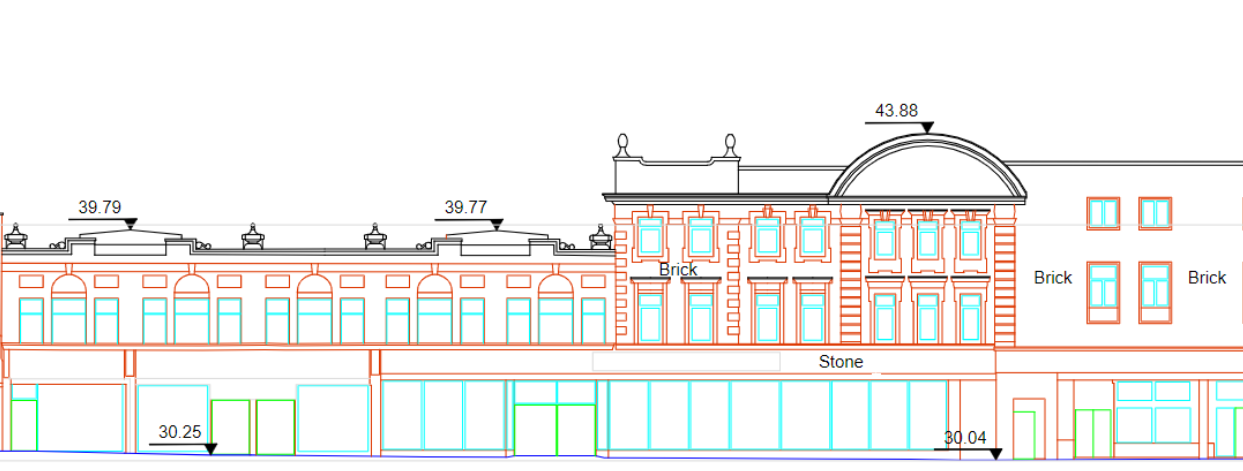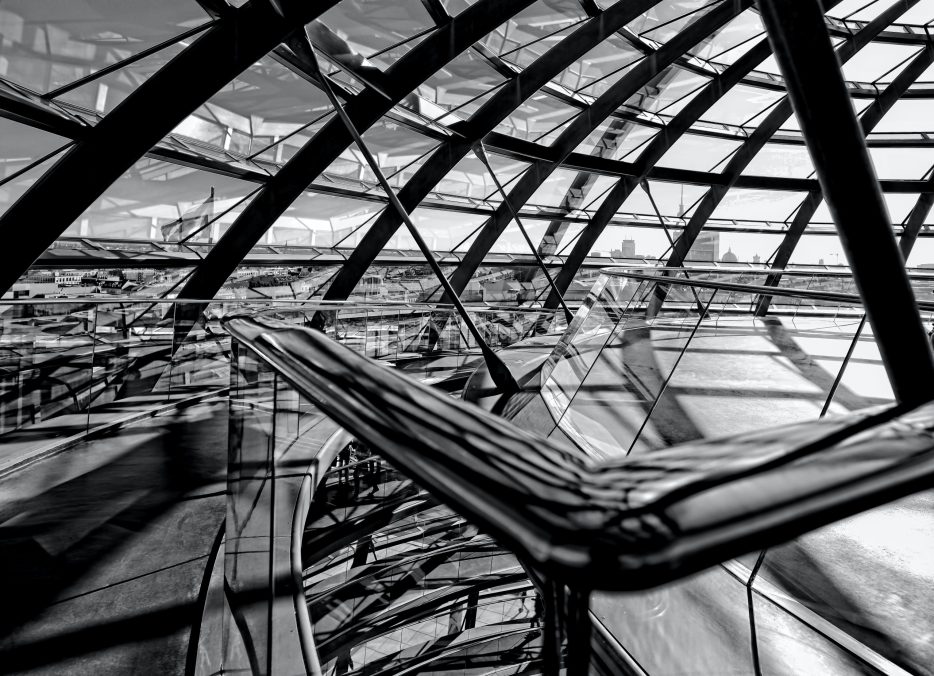Who is Norman Foster?
A renowned British architect, born in a North West working-class town, Stockport. Norman Foster designs buildings that are influenced by his passion for motorsports, his love of steel and glass, and his time serving in the RAF.
Foster’s childhood
Norman Foster was born in 1935, in Stockport, near Manchester. He lived in a damp, cramped terraced house with his parents. His father managed a pawnbroker, and his mum worked as a waitress. When speaking of his parents, he has said “my parents worked and worked… they worked so hard that I wasn’t really able to get to know them.” Not an uncommon story for working-class families in the North West.
The start of Foster’s education
Foster won a place at a private high school when he was a child, by writing an essay. The topic of his essay was about a racing duel in Nürburgring (a German race track), after his love for motorsports.
When he was 16, he left education and became a town hall clerk. A career he disliked, but whilst Foster worked there, he was able to study the architecture of Alfred Waterhouse, designer of the town hall Foster worked in.
Royal Air Force
Eventually, Foster left his job as a town hall clerk and began his national service. Foster not only had a passion for motorsports but also for flying. When Foster turned 18, he joined the RAF to serve his national service.
During his time in the RAF, he specialised in electrical engineering. He also developed an interest in gliders.
Journey to becoming an Architect
In 1956, Foster won a place at the School of Architecture at the University of Manchester, coming back to his roots.
During his time at the School of Architecture, he was awarded the RIBA Silver Medal for what Foster described as a ‘measured drawing of a windmill’.
Yale
In 1962, Foster won a scholarship to attend Yale University. It was here he studied under Paul Rudolph. On many occasions, Foster was reduced to
Rudolph taught Foster how to ‘draw like an architect’. The way Rudolph treated him, was the drive Foster needed to become the architect he is now.
Rogers and Abbot
While studying at Yale, Foster met Richard Rogers and Carl Abbot. The three moved to London. Foster and Rogers formed the partnership known as Team 4, with Abbot becoming a member.
Team 4
Team 4 was an architectural firm, established in 1963. The members included Foster, Rogers, Abbott, Su Brumwell (Foster’s future wife), Wendy Cheesman (later married Roger’s), and Georgie Wolton (Cheesman’s sister).
They all eventually went their separate ways, and the partnership was decommissioned due to disagreements between Foster and Rogers.
Iconic structures
One of Foster’s most famous structures is The Gherkin in London, but some of his other projects include:
- Sainsbury Centre, Norwich
- HSBC Main Building, Hong Kong
- The Reichstag, Germany
- City Hall, London
- Hearst Tower, New York
- Crystal Island, Russia
The Gherkin, London
The Gherkin is one of Foster’s most famous buildings.
It is an iconic part of the London skyline. It’s London’s most recognizable tower. Gaining the name Gherkin from the similarity in shape to the vegetable.
It houses offices, a restaurant, and a cocktail bar. The structure is mostly made from glass and took two years to construct, opening in 2004.
Influences
In his earlier work, Foster explored the idea of a ‘technically advanced shed’. This meant he wanted to create a structure that was surrounded by lightweight shells or envelopes (the physical separator between the conditioned and unconditioned environment of the building). Having a lightweight shell means the shape gives the structure strength. The curvature would reduce the tendency to collapse under pressure, meaning it would have exceptional stiffness.
A vast majority of Foster’s work is made from glass and steel. Becoming part of his signature aesthetic.
Foster’s Awards
Foster was awarded the Pritzker Architecture Prize in 1999, becoming the 21st person to receive this award. Foster has also won the Japan Art Associations Praemium Imperiale prize for architecture in 2002, and the Aga Khan award in 2007.
In 1990, Foster was also knighted by the Queen.
Measured Building Surveys and Elevations
At Powers, we work with many architects at various stages of the development of a building. As Foster uses a lot of glass and steel in his structures, doing a measured building survey and creating internal and external elevations of one of his buildings, would not only produce some

We have created some wonderful images from measured building surveys. Showing all the minor details, such as light fixtures and windowpanes, all architectural elements which make a building what it is.
Future designs
Foster shows no signs of slowing down. We look forward to seeing any new work will be producing.
Some of his newer designs include:
- Narbo Via – France
- Apple at the Grove – LA
- InnHub La Punt – Switzerland
- Amaravati masterplan – India
Do you have any future projects coming up we could help with?
Contact us by email at surveyors@powersuk.com, by phone at 01928 734473, or by filling in our contact form. We look forward to working on your next project with you.








